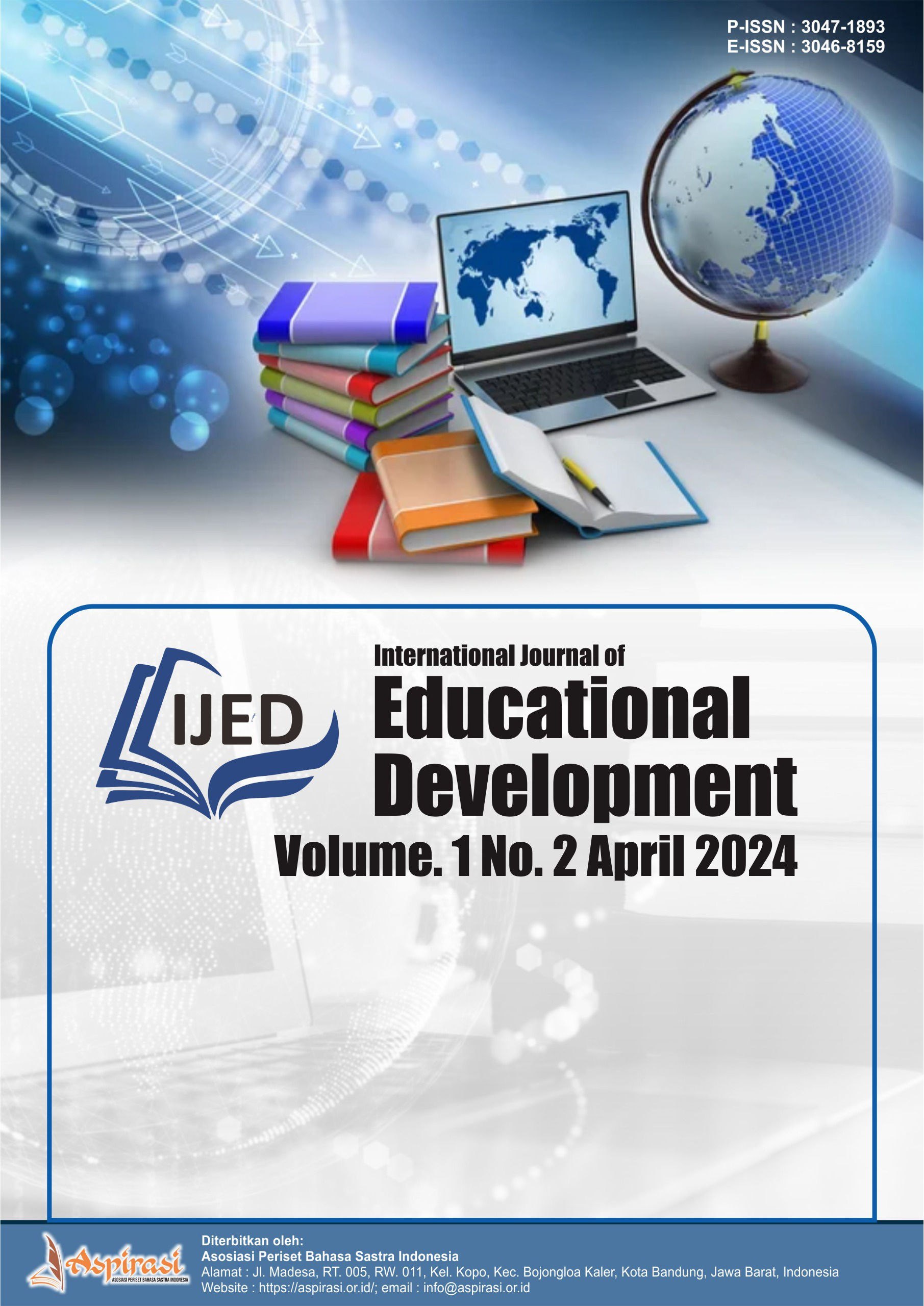The Impact Of English Communication On Transportation Safety Practices
DOI:
https://doi.org/10.61132/ijed.v1i2.38Keywords:
English Communication, Transportation Safety, Language Barriers, Tailored Training Programs, Communication EffectivenessAbstract
This research explores the critical role of English communication in promoting safety within the transportation industry. Through qualitative analysis of 100 cadets studying multimodal transportation, logistics, transportation safety, and law and road management, the study examines the impact of language barriers on safety incidents and proposes strategies for enhancing safety outcomes through improved communication. The findings highlight the significant contribution of communication breakdowns to safety incidents in transportation operations, underscoring the need for effective communication strategies. The research recommends the development of tailored training programs that integrate language proficiency with sector-specific safety knowledge, as well as the inclusion of cultural awareness training and the integration of communication technologies to enhance communication effectiveness. The study also identifies the positive impact of improved English communication on safety outcomes, suggesting that enhanced communication skills can mitigate safety risks and improve overall operational efficiency. By implementing these recommendations and prioritizing continuous professional development, transportation stakeholders can improve communication strategies and enhance safety practices within the industry.
References
Canagarajah, S. (2006). Ethnographic methods in language policy. An Introduction to Language Policy: Theory and Method, 153, 169.
Cascetta, E. (2013). Transportation systems engineering: theory and methods (Vol. 49). Springer Science & Business Media.
Darlington, Y., & Scott, D. (2020). Qualitative research in practice: Stories from the field. Routledge.
Ellis, R. (2006). Current issues in the teaching of grammar: An SLA perspective. TESOL Quarterly, 40(1), 83–107.
Farese, G. M. (2018). The cultural semantics of address practices: A contrastive study between English and Italian. Rowman & Littlefield.
Katz, J. (2015). A theory of qualitative methodology: The social system of analytic fieldwork. Méthod (e) s: African Review of Social Sciences Methodology, 1(1–2), 131–146.
Litman, T. (2017). Evaluating transportation equity. Victoria Transport Policy Institute Victoria, BC, Canada.
Manzoor, A. (2018). Media Literacy in the Digital Age. In Digital Multimedia (pp. 97–123). IGI Global. https://doi.org/10.4018/978-1-5225-3822-6.ch006
Nwabueze, U., & Mileski, J. (2018). Achieving competitive advantage through effective communication in a global environment. Journal of International Studies (2071-8330), 11(1).
Puisa, R., McNay, J., & Montewka, J. (2021). Maritime safety: prevention versus mitigation? Safety Science, 136, 105151.
Tripp, T. R., & Rich, P. J. (2012). The influence of video analysis on the process of teacher change. Teaching and Teacher Education, 28(5), 728–739.
Villani, C. (2021). Topics in optimal transportation (Vol. 58). American Mathematical Soc.
Vuchic, V. (2017). Transportation for livable cities. Routledge.
Downloads
Published
How to Cite
Issue
Section
License
Copyright (c) 2024 International Journal of Educational Development

This work is licensed under a Creative Commons Attribution-ShareAlike 4.0 International License.





